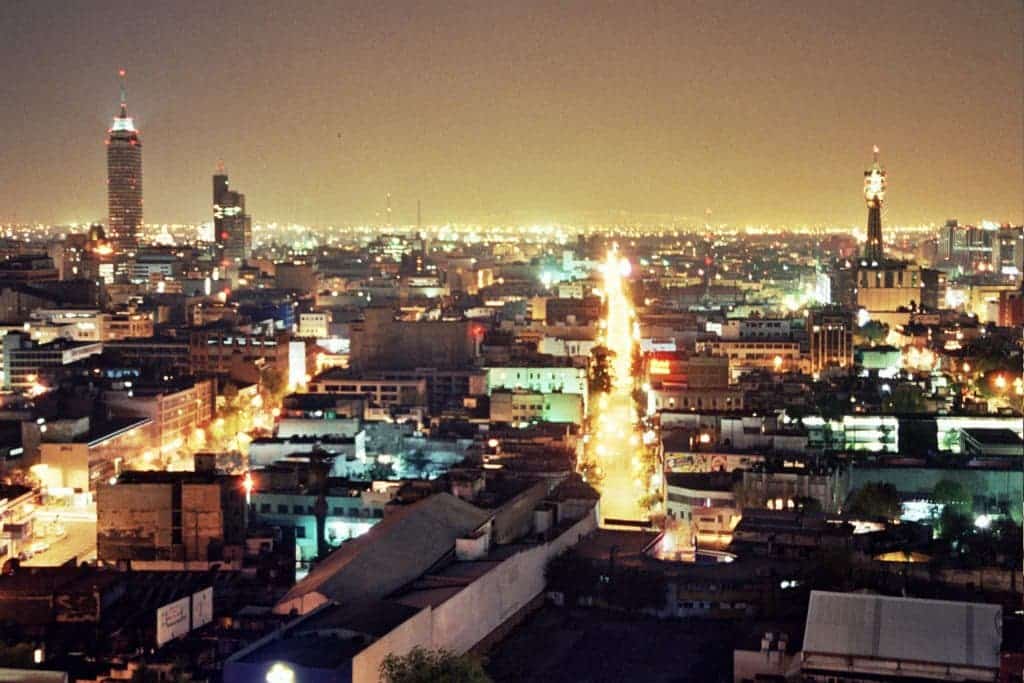Our night lights may be confusing plants and in a way, making spring come earlier than it should, a new study has found.
We often talk about all types of pollution, but light rarely gets the spotlight. Most cities are very bright in the night, and this light can cause significant adverse effects on both human and animal bodies. However, the biggest sufferers could actually be the ones who rely on light the most: plants.
[You should know] Eight in ten Americans can’t see the Milky Way due to light pollution
If trees are exposed to light every night, then they start blooming faster, and this triggers a whole cascade of other effects. Many creatures base their lifecycles on trees.
“Our finding that the timing of bud burst of woodland tree species may be affected by light pollution suggests that smaller plants growing below the height of street lights are even more likely to be affected,” said Professor Richard ffrench-Constant of the department of the department of Biosciences based at the University’s Penryn campus. “Such results highlight the need to carry out experimental investigation into the impact of artificial night-time lighting on phenology and species interactions.”
This isn’t exactly unexpected news, but it once again shows that we don’t truly understand the effects of light pollution. Of course, switching lights off when they’re not needed is generally a good idea, but researchers also suggest that using other wavelengths could make a big difference.
Adrian Spalding of Spalding Associates in Truro is one of the leading experts on moths in Britain and he also believes that light pollution can have a massive effect on insects – both direct and indirect.
“This study shows the importance of collaborative research between business and academia to address our real concerns of the effect of lighting on plants and animals and the importance of managing light levels in our urban environment in a sustainable way.”
Journal Reference: Light pollution is associated with earlier tree budburst across the United Kingdom. .










